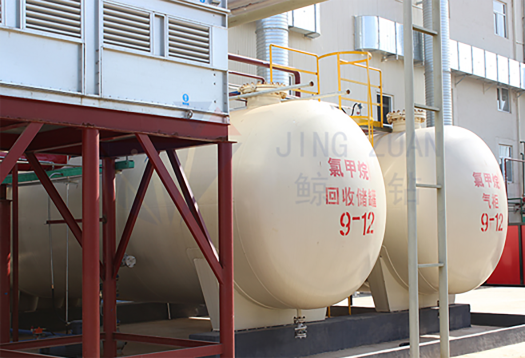
Aug . 13, 2024 12:08 Back to list
Properties and Applications of Hydroxypropyl Methylcellulose Powder in Various Industries
Hydroxypropyl Methylcellulose Powder An Overview
Hydroxypropyl methylcellulose (HPMC) powder is a versatile cellulose derivative that finds extensive applications across various industries, including pharmaceuticals, food, cosmetics, and construction. This water-soluble polymer is synthesized through the chemical modification of cellulose, a natural polymer derived from plant cell walls. HPMC boasts an array of properties, such as excellent film-forming capabilities, thickening, and stabilizing abilities, which contribute to its widespread use.
Hydroxypropyl Methylcellulose Powder An Overview
In the pharmaceutical industry, HPMC is a key ingredient in many formulations, including tablet binders, coatings, and controlled-release drug delivery systems. Its ability to form a gel and swell in the presence of water makes it an ideal choice for products requiring sustained release of active ingredients. Moreover, HPMC is commonly used in ophthalmic solutions and as a thickening agent in various topical preparations, contributing to improved bioavailability and patient compliance.
hydroxypropyl methylcellulose powder

The food industry also leverages the properties of hydroxypropyl methylcellulose. It is widely used as a food additive, designated as E464, where it serves as a thickener, emulsifier, and stabilizer. HPMC enhances the texture and mouthfeel of products while maintaining moisture, which is particularly beneficial in gluten-free formulations. It is commonly found in dairy products, sauces, dressings, and baked goods, where it helps improve shelf life and overall quality. Its low-calorie nature aligns with the growing trend toward healthier eating, making it an attractive ingredient for reducing fat content in various food products.
In addition to pharmaceuticals and food products, HPMC is a crucial component in the cosmetics and personal care sector. It is used as a thickener in creams, lotions, and gels, improving the consistency and application of these products. HPMC is also employed in hair care formulations, providing a smooth, glossy finish while enhancing moisture retention. Its mild nature makes it suitable for sensitive skin products, ensuring safety and efficacy without irritating the skin.
The construction industry benefits from the properties of HPMC as well. It is commonly used as a component in tile adhesives, plasters, and wall putties, where it enhances workability and ensures a strong bond between materials. The water retention capability of HPMC helps prevent premature drying of cement-based products, allowing for better hydration and improved strength development. As sustainable construction practices gain traction, HPMC's role becomes increasingly important in formulating eco-friendly building materials.
In conclusion, hydroxypropyl methylcellulose powder is a valuable ingredient across multiple sectors due to its unique properties and versatility. Its applications in pharmaceuticals, food, cosmetics, and construction demonstrate its essential role in modern formulations. With ongoing research and innovation, the potential uses of HPMC continue to expand, highlighting its significance in meeting the needs of various industries. As consumers increasingly demand higher quality and sustainable products, hydroxypropyl methylcellulose is poised to remain a fundamental component in diverse applications.
-
Versatile Hpmc Uses in Different Industries
NewsJun.19,2025
-
Redispersible Powder's Role in Enhancing Durability of Construction Products
NewsJun.19,2025
-
Hydroxyethyl Cellulose Applications Driving Green Industrial Processes
NewsJun.19,2025
-
Exploring Different Redispersible Polymer Powder
NewsJun.19,2025
-
Choosing the Right Mortar Bonding Agent
NewsJun.19,2025
-
Applications and Significance of China Hpmc in Modern Industries
NewsJun.19,2025







